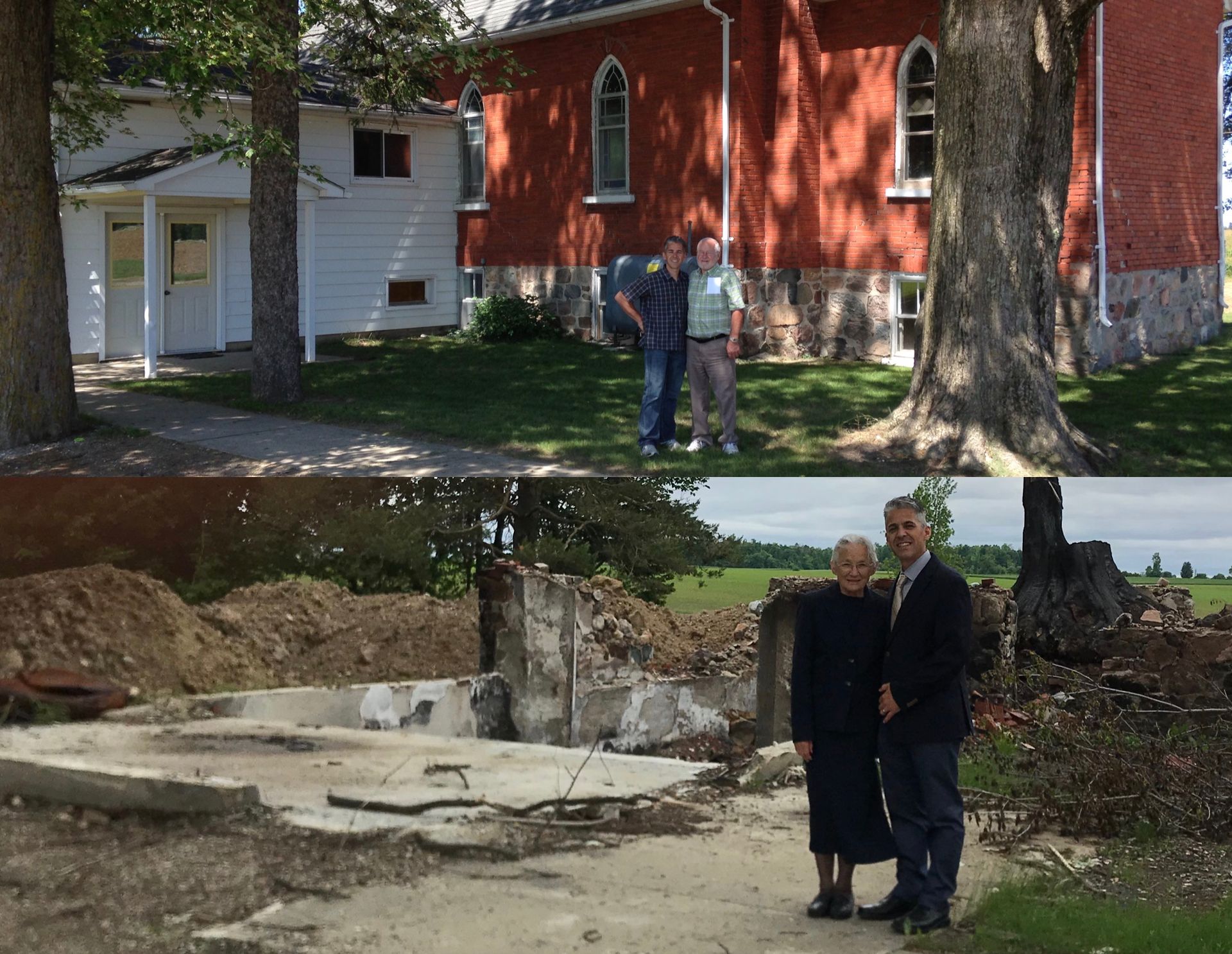Case Study: Salem Fellowship
We've been talking about the sigmoid curve and how it relates to the rise and fall of organizations. Today's case study is quite personal for me as it relates to the church I grew up in and loved—the place where I experienced so much positive change and spiritual growth—yet no longer exists.
Begun in 1967, Salem Fellowship started out with three families who withdrew from two different car-Amish churches in order to have an English-speaking church where their children could experience Sunday School. It was a church where relationship with Jesus replaced legalism and dead orthodoxy. You could also say that it was a new environment where change occurred—at least in the beginning—to ensure that religion did not replace true Christianity.
It was a huge risk in faith for these three families, but the church grew and became an attractive gathering. At one point there were more young people than any other demographic.
So why did it close its doors in 1998? For one reason, it was unable to embrace the desired changes of the younger leaders. For example, at one point the youth leaders asked permission to have a special time of worship and testimonies between the Sunday School period and the sermon. They wanted more participation in the service—a change from what most church programs have become—spectator events.
At first, this "new innovation" of worship and testimonies was embraced. Many folks loved it, both young and old. However, some of the folks who were uncomfortable with change, eventually had their way to return to the old. New ideas and suggested changes—none doctrinal or heretical in nature—were rejected by the power brokers of the church. They continually brought things back around to the way things had always been done since 1967.
Young people began to leave; they observed no openness to change, even though the world was changing around them and some of the challenges they faced were different than those of their parents in 1967. They desired new expressions in their faith journey just as their parents had when Salem began. While both young and old embraced change to experience fresh expressions of faith, the younger generation was stifled in their attempts.
Numbers dwindled until only a handful of mostly older folks remained. The decision was made to close the doors of the church and the members dispersed to other churches in the community. Eventually, the building was torn down.
[This is a very basic overview of what happened; years ago I put together a white paper that goes into much greater detail on the concept of change and the rise and fall of Salem Fellowship.]















